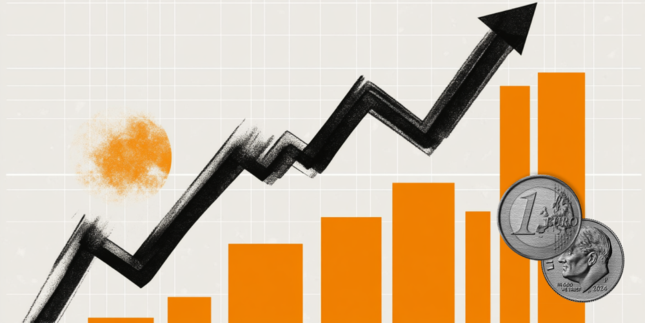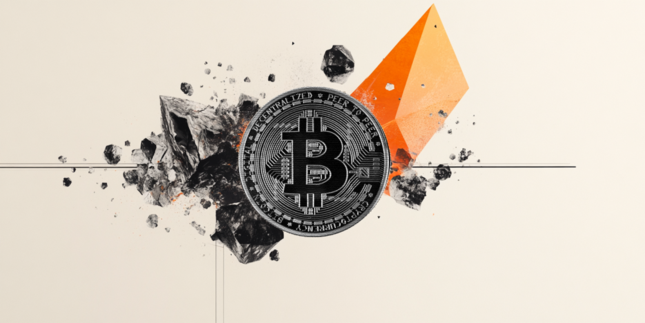The G7 leaders say they are committed to reaching so-called "net zero" emissions by 2050 after halving global emissions by 2030.
The initiative has many buzz phrases such as building a "just and inclusive" clean energy economy. The plan vilifies fossil fuels and glorifies “green energy” with sweeping statements asking “stakeholders to improve their ESG performance.”
But most of us are confused by what this all means.
The transition to net zero is moving forward quickly, even though critics believe it's draconian with respect to its scope and consequences.
Silver, along with many other metals, is a critical piece of this transition, so let’s discuss demand versus supply.
According to the World Silver Survey 2023 by the Silver Institute, the silver market has been in deficit for the past two years. The deficit in 2022 was 237.7 million ounces, and the 2023 deficit is forecast to be 142.1 million ounces.
The deficit is driven by various factors, including the growth of the solar and wind energy industries, which use silver in their components.
Next, silver is increasingly used in electronics, such as smartphones, laptops, and medical equipment (one of the fastest-growing sectors as life expectancy increases).
Lastly, on the monetary side, silver is growing in popularity as a hedge against systemic risk, inflation, and de-dollarization among nations pushing back against U.S. dollar hegemony.
Inadequate mine production
Silver mine production has been failing to keep pace with demand in recent years due to many factors, including:
-
The rising energy and labor costs involved in mining silver.
-
The increasing environmental regulations on mining.
-
Mexico just banned open-pit silver mining, and Mexico has historically been the world's #1 silver-producing country.
So, we have the 1-2-3 punch of:
-
Rising demand (industrial and monetary use).
-
Restricted supply.
-
Increased FOMO (fear of missing out).
Silver in the military
I referenced the World Silver Survey which showed monstrous deficits in the past two years. What's super significant is that these numbers do not capture all the hidden uses of silver that are hard to quantify under the "veil of national security."
The U.S. military has been a massive user of silver for the past 50+ years.
Silver is used extensively in silver-zinc batteries for torpedo, missile, aerospace, and aircraft applications.
Silver is used by the defense industry for various purposes, including multiple weapon systems, bullets, shells, and missiles. It coats bullets and shells to improve their conductivity and reduce friction. It's used to construct missiles to improve their guidance systems.
It's also used in radar systems, night vision goggles, and communications equipment. Silver as a conductor in these devices improves their performance and reliability.
Silver-Zinc batteries
Silver-zinc batteries use silver oxide as the positive electrode and zinc as the negative electrode. The electrolyte is a solution of potassium hydroxide.
Silver-zinc batteries have a high energy density. They can be discharged at very high rates, making them ideal for use in demanding applications such as torpedoes, missiles, aerospace vehicles, and aircraft.
HBL Batteries is an Indian manufacturer of silver-zinc batteries for defense applications.
These batteries are manufactured to meet the stringent requirements of the military and are used in various applications, including torpedoes, missiles, aircraft, and submersibles.
A few other worldwide defense industry battery manufacturers produce silver-zinc batteries, including EaglePicher Technologies, Saft Groupe, and Zenergize Technologies. These companies offer various silver-zinc batteries for different applications, but most are for warfare.
Solid-state batteries
Toyota is developing a silver-carbon (Ag-C) composite layer in their solid-state battery. This technological breakthrough in electric car batteries may reduce cost, size, and weight by nearly 50%.
Solid-state batteries have several advantages over lithium-ion batteries. Solid-state batteries can store more energy in a smaller space, making them ideal for use in electric cars with limited space.
They can be charged much faster than lithium-ion batteries.
Solid-state batteries are less prone to leakage and thermal runaway, which can cause fires and explosions. Finally, they can be charged and discharged more times than lithium-ion batteries, making them more durable and longer lasting.
Conclusion
The ambitious "net zero" agenda means that strategic metals are the new oil. Meanwhile, silver miners have been hammered by inflation, adding to all their other risks (regulatory, cost of capital, environmental, operational).
This all bodes well for physical silver prices, as needed supply becomes harder to produce.
Money Metals Exchange and its staff do not act as personal investment advisors for any specific individual. Nor do we advocate the purchase or sale of any regulated security listed on any exchange for any specific individual. Readers and customers should be aware that, although our track record is excellent, investment markets have inherent risks and there can be no guarantee of future profits. Likewise, our past performance does not assure the same future. You are responsible for your investment decisions, and they should be made in consultation with your own advisors. By purchasing through Money Metals, you understand our company not responsible for any losses caused by your investment decisions, nor do we have any claim to any market gains you may enjoy. This Website is provided “as is,” and Money Metals disclaims all warranties (express or implied) and any and all responsibility or liability for the accuracy, legality, reliability, or availability of any content on the Website.
Recommended Content
Editors’ Picks

EUR/USD maintains its constructive tone near 1.1400
EUR/USD remains well bid in the proximity of the 1.1400 hurdle on Thursday, deriving support from the renewed selling pressure in the US Dollar as investors continue to assess the ongoing absence of further progress in the US-China trade conflict.

GBP/USD holds steady near 1.3300 on renewed USD weakness
GBP/USD stabilizes at around 1.3300 in the second half of the day on Thursday as the USD finds it difficult to build on this week's gains. The uncertainty surrounding the US-China trade relations moving forward and mixed data releases from the US help the pair hold its ground.

Gold rebounds after sharp decline, holds comfortably above $3,300
After posting large losses on Tuesday and Wednesday, Gold gathered recovery momentum and advanced toward $3,350 on Thursday. Markets remain wary of a re-escalation of the US-China trade conflict, helping XAU/USD find demand as a safe haven.

Bitcoin Price corrects as increased profit-taking offsets positive market sentiment
Bitcoin (BTC) is facing a slight correction, trading around $92,000 at the time of writing on Thursday after rallying 8.55% so far this week. Institutional demand remained strong as US spot Exchange Traded Funds (ETFs) recorded an inflow of $916.91 million on Wednesday.

Five fundamentals for the week: Traders confront the trade war, important surveys, key Fed speech Premium
Will the US strike a trade deal with Japan? That would be positive progress. However, recent developments are not that positive, and there's only one certainty: headlines will dominate markets. Fresh US economic data is also of interest.

The Best brokers to trade EUR/USD
SPONSORED Discover the top brokers for trading EUR/USD in 2025. Our list features brokers with competitive spreads, fast execution, and powerful platforms. Whether you're a beginner or an expert, find the right partner to navigate the dynamic Forex market.